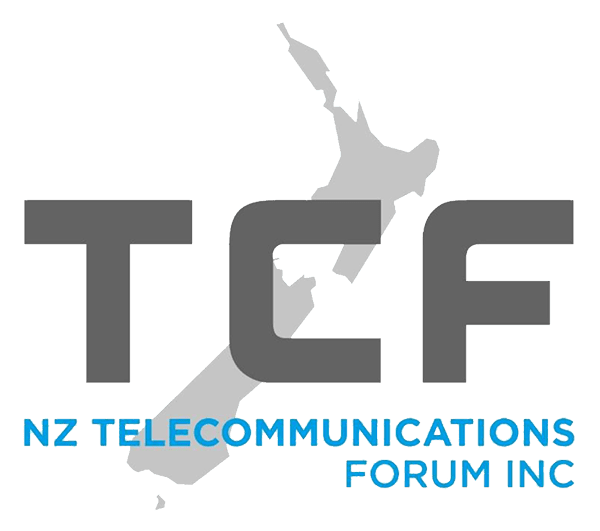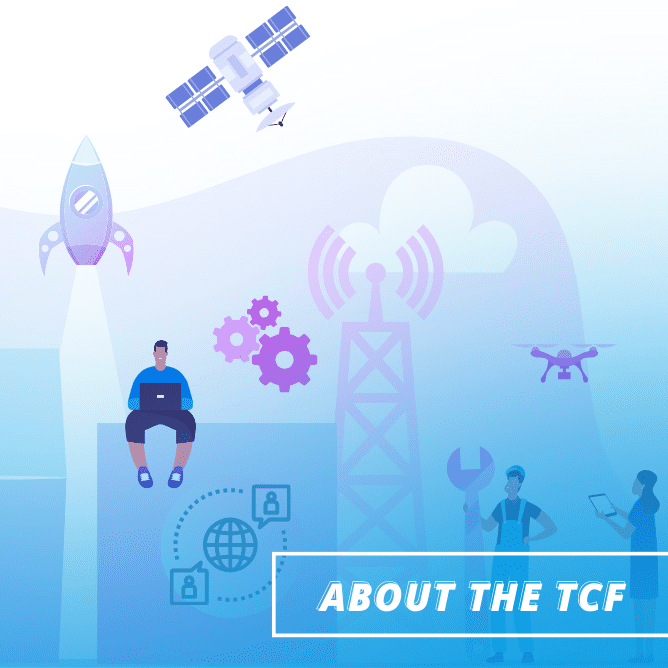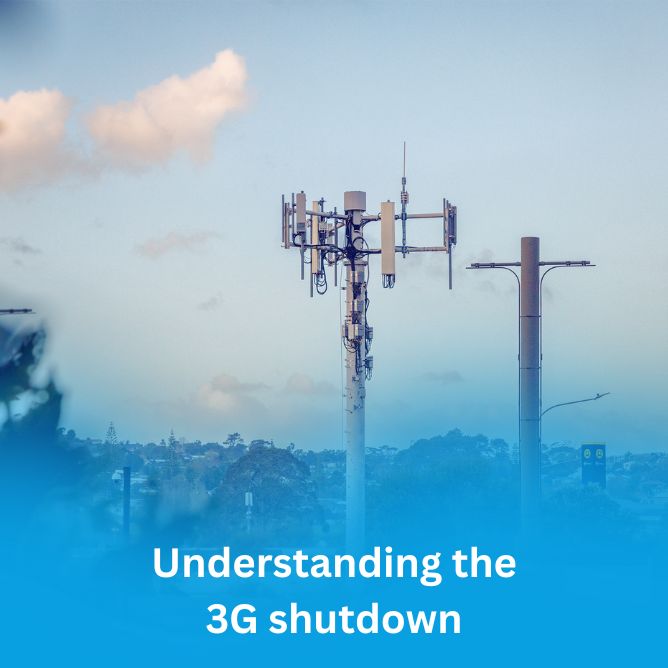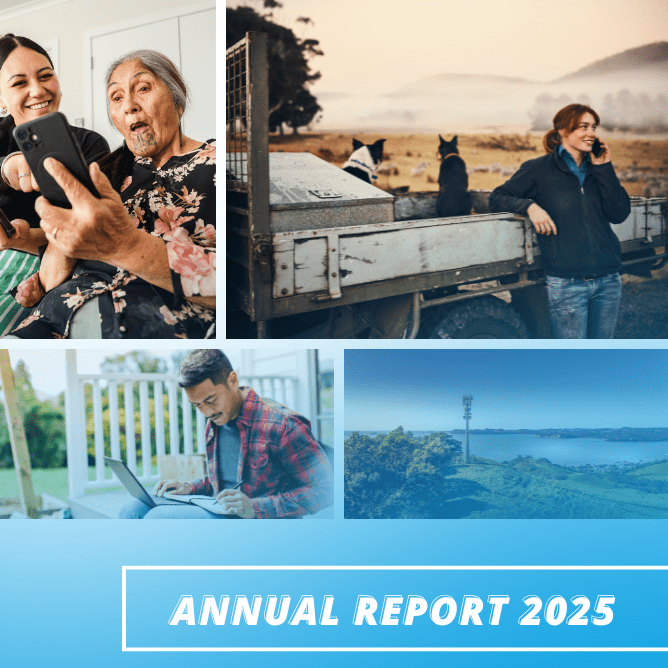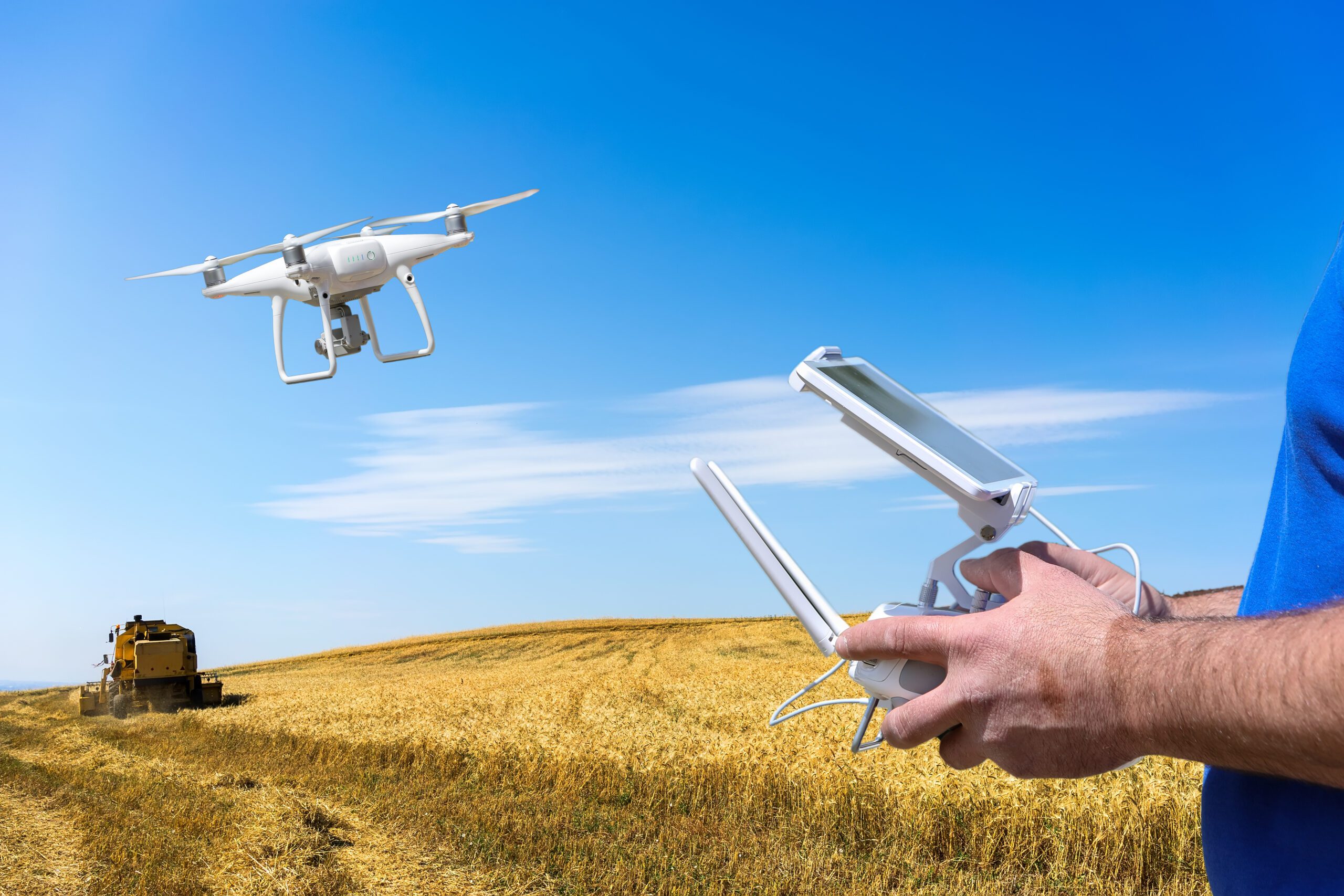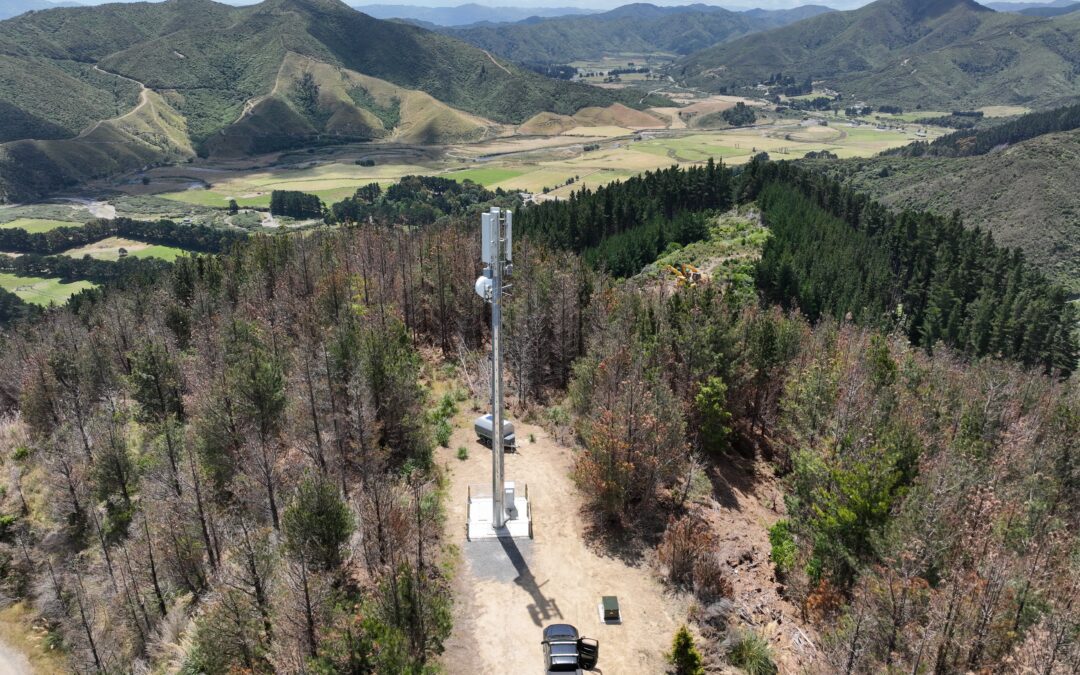I always enjoy Fieldays but it’s been a few years since I was last there. The food has improved immeasurably, and the tractor pull and fence-building competitions were as entertaining as ever.
Electric vehicles were big this year – not just cars, vans and utes but mowers, diggers, motorbikes and quad bikes, tractors and a very large truck with a 729kWh battery capable of 670km range. The electrification of transport is a huge move and I’m pleased to see the agricultural sector get on board with it.
But this year one thing stood out for me – the integration of agri-tech capability in just about every offering.
From brands you’ve heard about, like Halter with its cow management platform, through to automated milk sheds and enough drones to invade a small country, agri-tech is clearly making inroads into the market.
I was there courtesy of One New Zealand to talk 3G shutdown and the end of copper lines and I’m happy to say almost none of the folk there were terribly bothered. They’ve already moved on to newer, stronger platforms and were more than happy to talk LEO satellite, the role of GPS in the field, best practice for farm management and even why AI should be ignored until it actually works.
But as everyone I spoke to was quick to discuss, all of this relies on near ubiquitous telecommunications and the ability to share information in as close to real time as you can get.
Without telecommunications as the backbone you can’t share this data and gain that added value and broader understanding of the market, your place in it and how best to maximise your returns.
Farming is a business, and it needs access to the tools available to ensure New Zealand continues to lead the world in terms of agricultural production.
The Prime Minister spoke of a new grass-fed certificate that will enable New Zealand farmers to take on global competitors who claim their cows are grass-fed if they’re outside more than 100 days a year. Ours of course rarely come inside, unless the footie’s on, and customers are willing to pay more for organic, grass-fed beef.
But that all relies on knowing a great deal about each individual animal, where they’ve been, how long they’ve spent in each paddock and so on. All that information needs to be audited, and shared on the international scene and to do that farmers need the technology which captures the information and telecommunications networks to share it.
Being connected in a field in rural New Zealand is always going to be a challenge and I think the farming community gets that. They’re all in business, and they understand how investing works and get that it’s not economic to put fibre, exchanges, or cell towers in places where very few customers live or work. But that doesn’t mean they don’t want to be connected or that their need for telecommunications is any less than their urban counterparts. Far from it – the further from the centre you are the more reliant on communications you become. It’s important to remember that.
The solution is a mix of technologies and a strong public-private partnership to deliver it. Whether rural New Zealand is best served by satellite or fixed wireless or even fibre to the farm remains an open question, but the need for connectivity remains as strong as ever.


